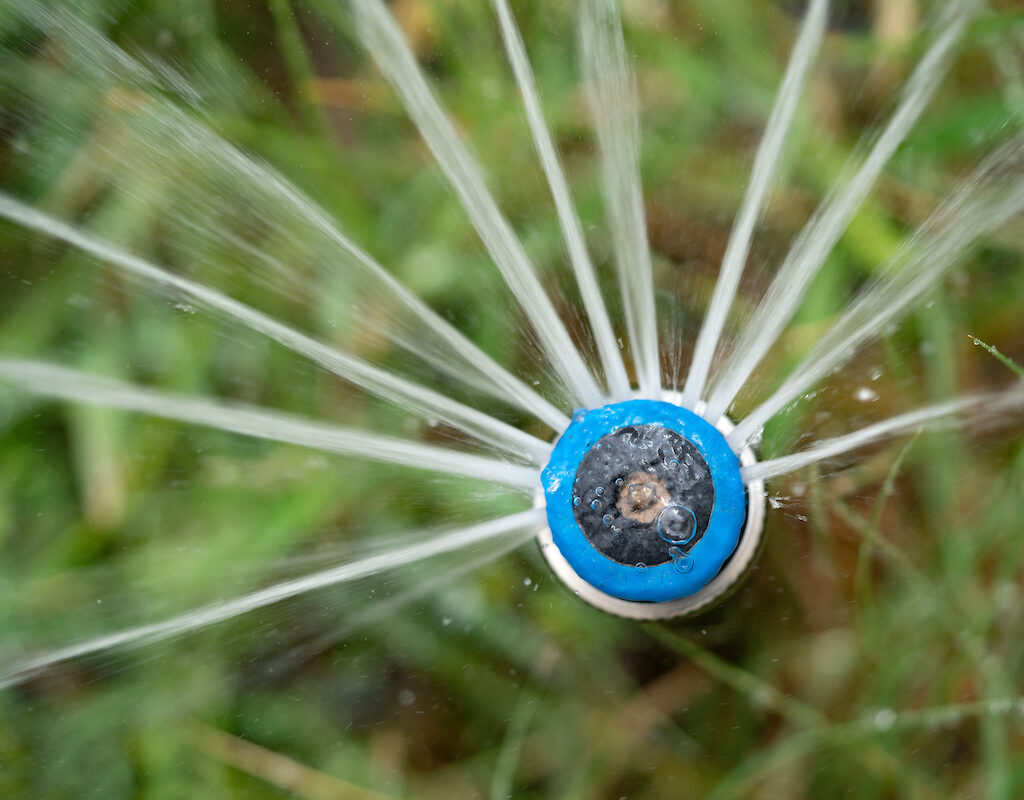Texas A&M School of Irrigation
- Type
- Program

Overview
The School of Irrigation provides irrigation education through a variety of in-person and self-paced educational courses to meet the changing needs of the irrigation industry.
Contact
Charles Swanson
Extension Program Specialist
Scoates Hall, Rm. 322
333 Spence St.
College Station, TX 77843
Mon-Fri 8:00 a.m. – 5:00 p.m.
The School of Irrigation was established to promote landscape irrigation auditing and management in Texas through training and auditor certification. In 1998, the school began offering training programs and courses for Water District Personnel. Today, The School of Irrigation conducts research and educational programs supporting the Texas Irrigation Industry. It is administered through the Texas A&M AgriLife Extension and the Department of Biological and Agricultural Engineering at Texas A&M University.
To date, the School of Irrigation has provided educational opportunities to over 5000 individuals, certifying over 1000 Texas Landscape Irrigation Auditors. The School of Irrigation provides irrigation education through a variety of in-person and self-paced educational courses across the state to meet the changing needs of the irrigation industry.
More choices in Plants & Crops
- Publication
Created by teachers, this multifaceted garden, nutrition, and physical activities curriculum is evidence-based and academically rich.
- Publication
Spanish Version. Created by teachers, this multifaceted garden, nutrition, and physical activities curriculum is evidence-based and academically rich.
- Publication
Passage of the Integrated Pest Management School Program amendment mandated that pest control in public school facilities be addressed.
- Publication
This 4-week curriculum equips early childhood teachers with daily engaging lessons, group activities, and journal prompts to enrich your classroom while making learning fun!
- Course
Do you know how to apply IPM principles to your school garden as required by Texas state law? After this course, learners will know how IPM principles apply to school gardens, differentiate between harmful and beneficial insects, and more. District School IPM Coordinators can use this module as part of their education plan.
- Course
This introductory course is for School district administrators, animal control specialists, code enforcement agents, and pest management professionals. This course offers SPCS-TDA license holders 1 Pest CEU toward annual license renewal.
